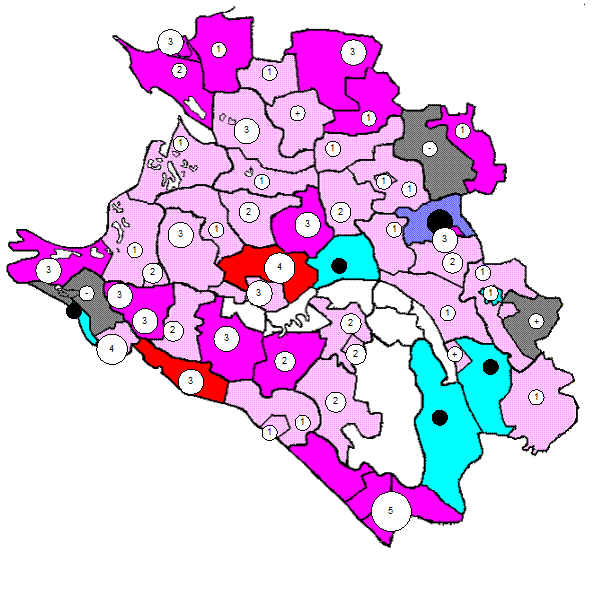Computer Crime
It doesn’t take any special digital expertise to mastermind some computer crimes. Setting fire to a computer doesn’t require the same finesse as writing a stealthy virus, but both can have the same disastrous effect on data. “Old-fashioned” crimes, such as arson, that take a high-tech twist because they involve a computer can be prosecuted under traditional laws. Traditional laws do not, however, cover the range of possibilities for computer crimes. Suppose a person unlawfully enters a computer facility and steals backup tapes. That person might be prosecuted for breaking and entering. But would common breaking and entering laws apply to a person who uses an off-site terminal to “enter” a computer system without authorization? And what if a person copies a data file without authorization? Has that file really been “stolen” if the original remains on the computer? Many countries have computer crime laws that specifically define computer data and software as personal property. These laws also define as crimes the unauthorized access, use, modification, or disabling of a computer system or data. But laws don’t necessarily stop criminals. If they did, we wouldn’t have to deal with malicious code and intrusions. A 1995 high-profile case involved a computer hacker named Kevin Mitnick, who was accused of breaking into dozens of corporate, university, government, and personal computers. Although vilified in the media, Mitnick had the support of many hackers and other people who believed that the prosecution grossly exaggerated the extent of his crimes. Nonetheless, Mitnick was sentenced to 46 months in prison and ordered to pay restitution in the amount of $4, 125 during his three-year period of supervised release. The prosecution was horrified by such a paltry sum – an amount that was much less than its request for $1, 5 million in restitution. Forbes reporter Adam L. Penenberg took issue with the 46-month sentence imposed by Judge Marianne Pfaelzer and wrote, “This in a country where the average prison term for manslaughter is three years. Mitnick’s crimes were curiously innocuous. He broke into corporate computers, but no evidence indicates that he destroyeddata. Or sold anything he copied. Yes, he pilfered software — but in doing so left it behind. This world of bits is a strange one, in which you can take something and still leave it for its rightful owner. The theft laws designed for payroll sacks and motor vehicles just don’t apply to a hacker.” The U.S. Patriot Act and the Cyber-Security Enhancement Act carry even stiffer penalties – anywhere from 10 years to life in prison. A CNET reporter questions the harshness of such penalties: “What bothers me most is that here in the United States, rapists serve, on average, 10 years in prison. Yet if, instead of assaulting another human being, that same person had released a virus on the Net, the criminal would get the same or an even harsher sentence.” Law makers hope that stiff penalties will deter cyber criminals. U. S. Attorney John McKay is quoted as saying, “Let there be no mistake about it, cyber-hacking is a crime. It harms persons, it harms individuals, it harms businesses. These cases illustrate our culture's ambivalent attitude toward computer hackers. On the one hand, they are viewed as evil cyberterrorists who are set on destroying the glue that binds together the Information Age. From this perspective, hackers are criminals who must be hunted down, forced to make restitution for damages, and prevented from creating further havoc. From another perspective, hackers are viewed more as Casper the Friendly Ghost in cur complex cybermachines – as moderately bothersome entities whose pranks are tolerated by the computer community, along with software bugs. Seen from this perspective, a hacker's pranks are part of the normal course of study that leads to the highest echelons of computer expertise.
|




